![]()
Teaching: Psychology of Game Design
Teaching: Information Design – VCD 450
Publications
- Önal, Ö. (2023). Exploring the Potential of Archetypal Literary Social Networks (ALSN): A Preliminary Case Study of Mathnawi Archetype Network. Retrieved from osf.io/preprints/socarxiv/8z2rg
- Önal,Ö. (2021). What Jung really said. My Sacred Space. Retrieved November 7, 2023, from mysacredspacedesign.com/what-jung-really-said
- Önal, Ö . (2020). The Parallels Between Zen Sages and Nasreddin Hoca in Terms of the Maturization Methods. Motif
Akademi Halkbilimi Dergisi , 13 (32) , 1441-1450 . Retrieved from
https://dergipark.org.tr/tr/pub/mahder/issue/58063/809890 - Trickster old wise man character as an emergence of collective unconscious(2019) National Storytelling Congress, Yıldız Teknik University, Istanbul
- 3D Digital Cultural Heritage: VR for Celsus Library at Ephesus Antique City (2001) Dokuz Eylül University, Thesis
- Designing for experience: example experience design projects on workspaces (2006) Izmir Institute of Tech. Thesis
EU-Turkey Intercultural Dialogue Programme by Eurasia Social Change
I was honoured to be invited by Eurasia Social Change to be a mentor, instructor and design a intensive foundational class on Storytelling methods for EU-Turkey Intercultural Dialogue project and Yunus Emre Institute. The Digital Training Course organized under the EU-Turkey Intercultural Dialogue Programme, which was launched to establish a strong dialogue between Europe and Turkey, graduated its 45 course attendees. Programme ran for a full year.
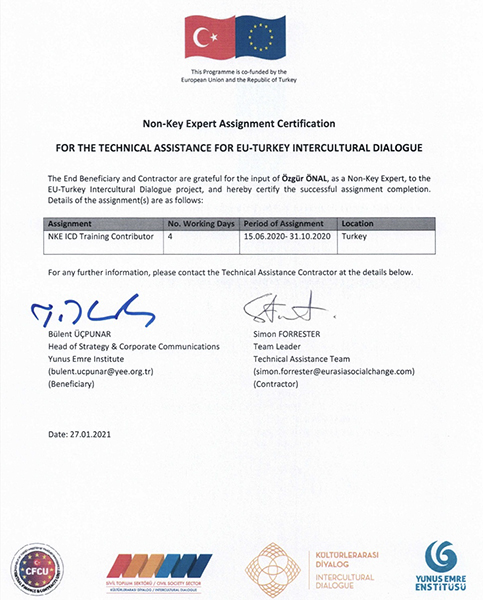

Arçelik Industrial Design Directorate
I was honoured to be invited by Arçelik Industrial Design Directorate to be an instructor and run a workshop about the psychological aspects of the design
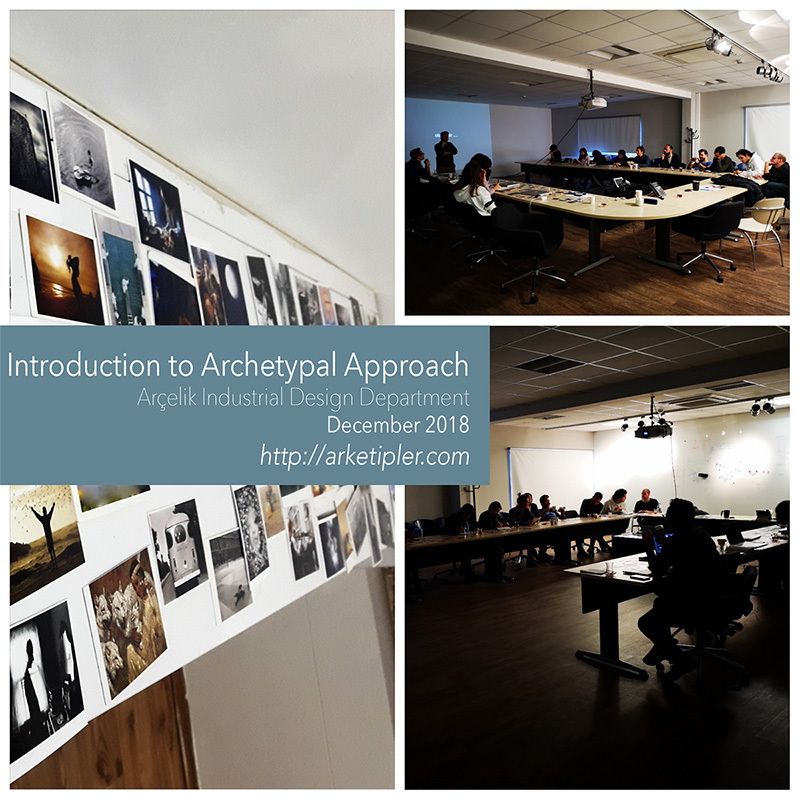
Bahçeşehir University Game Lab
I was invited by Bahçeşehir University Game Lab. This training taught the application of psychology and theories of motivation to the design and prototyping of games. Archetypes, symbols, and myths are living containers of collective memory that are still actively functional in our play and gaming experiences. They also appear unconsciously within the stories we tell, from oral legends to myths and tales, from cinema to literature. The workshop is based on an interdisciplinary comparative approach and explores the basic concepts, theories, and findings of psychology, including archetypal perspective, perception, attention, and memory, in the context of games.
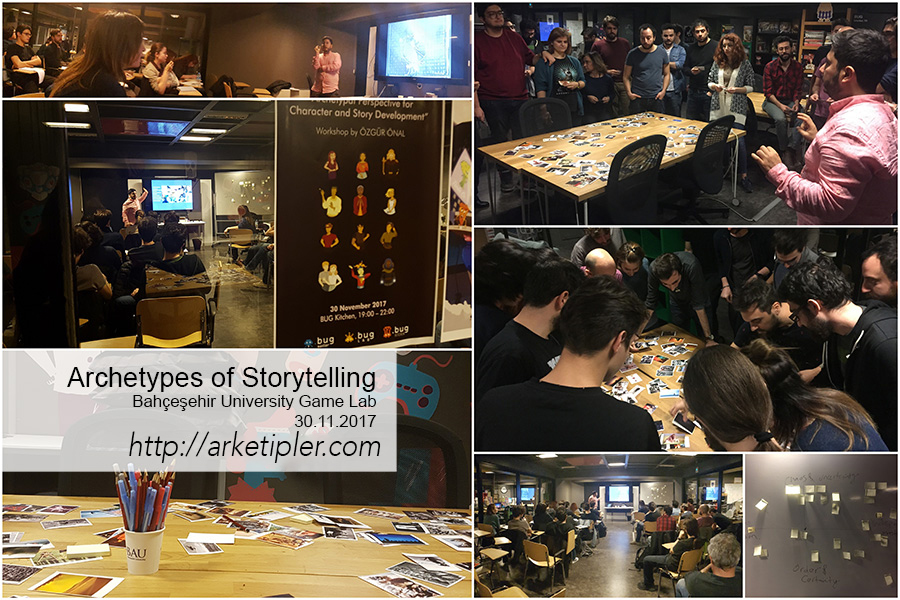
MEF University
I was invited by MEF University. Symbols and archetypes are structures in which human experience has been collectively accumulated since the beginning of humanity. They appear in all works of the collective unconscious, from myths to fairy tales, from sacred texts to dreams. In this introductory study of the “Inner journey with images” series, in which we traced archetypal images and personal symbols, we built the basic concepts and gained an insight into the sources of our true potential.
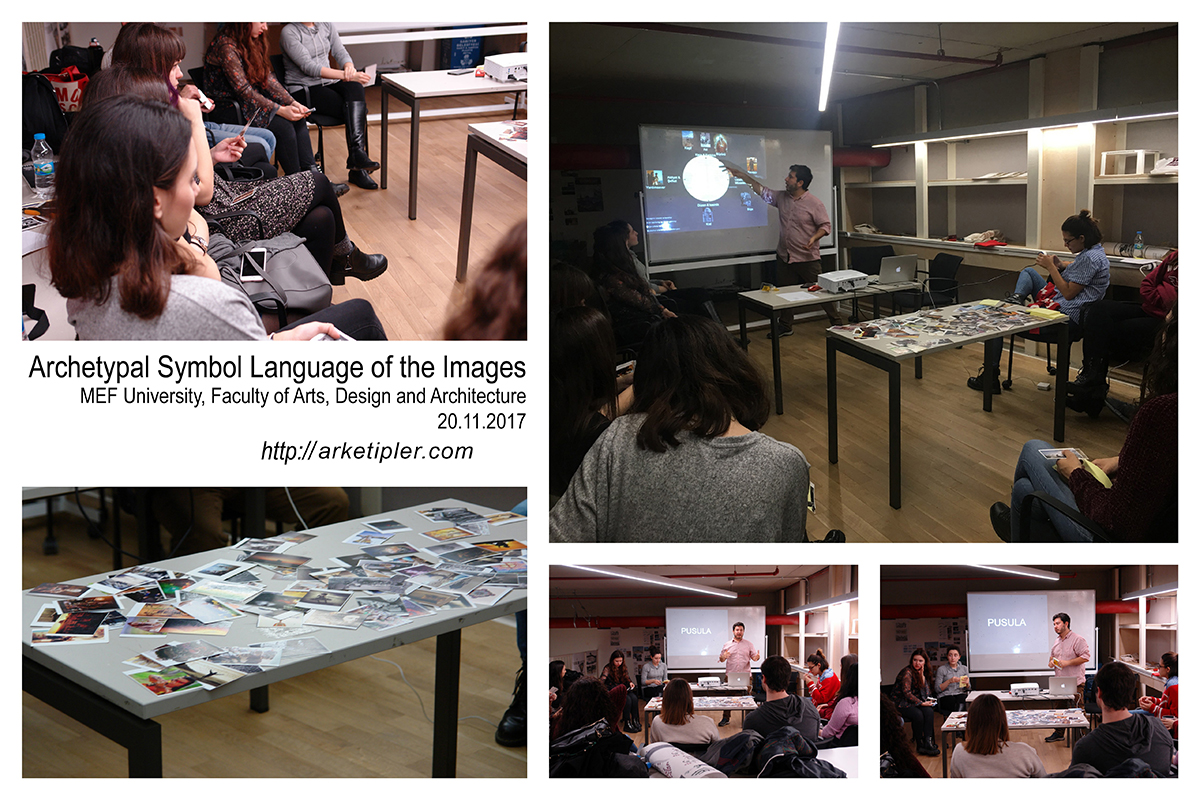
Archetypal Creativity: The power of symbols in creative spaces
Participants traced archetypal images and symbols and discovered the primary sources of their own creativity. In addition to the theoretical part of the training, practical exercises and interaction processes were applied to explore and connect with the creative power within us. It is a visual interpretation process that progresses through specially compiled photo card sets and stories. While touching on dialogues, photo readings, myths and stories, it offered a new perspective and tools to its participants who want to express themselves in a creative field.
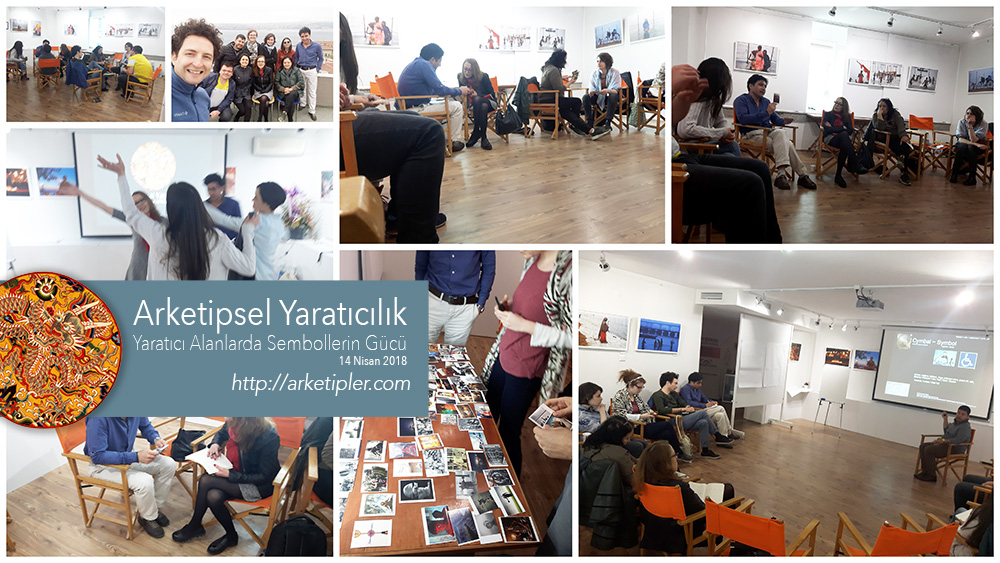
Userspots Experience Design Team
I was invited by Userspots Experience Design Company. I shared the connection of archetypal imagery with content strategy and user’s motivaiton with Userspots’ design team.
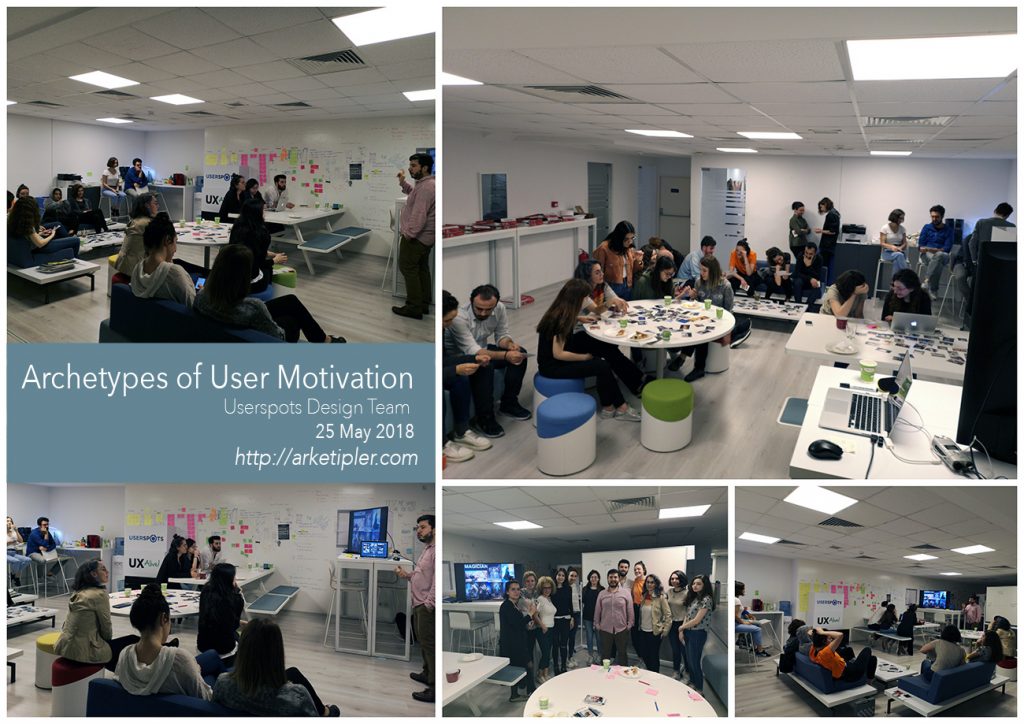
Filtre Platform
I was invited by the Filtre platform. The “Meaningful Coincidences” workshop is a journey of discovery into the unconscious, our inner images, and our symbolic world as a space that organizes life. Participants collect clues to their imaginary worlds while trying to make meaningful connections that correspond within a series of random games. Can we achieve non-coincidental results as a result of more randomness, such as partners determined by chance images and coincidences? We sought an answer to this question with the participants.
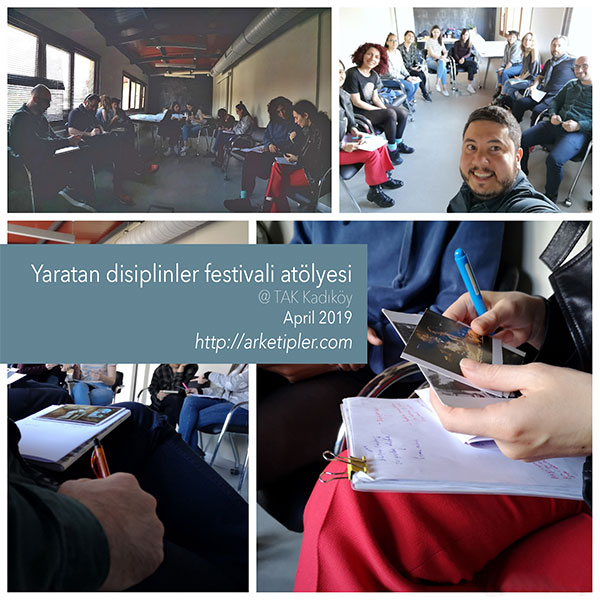

Comments are closed.